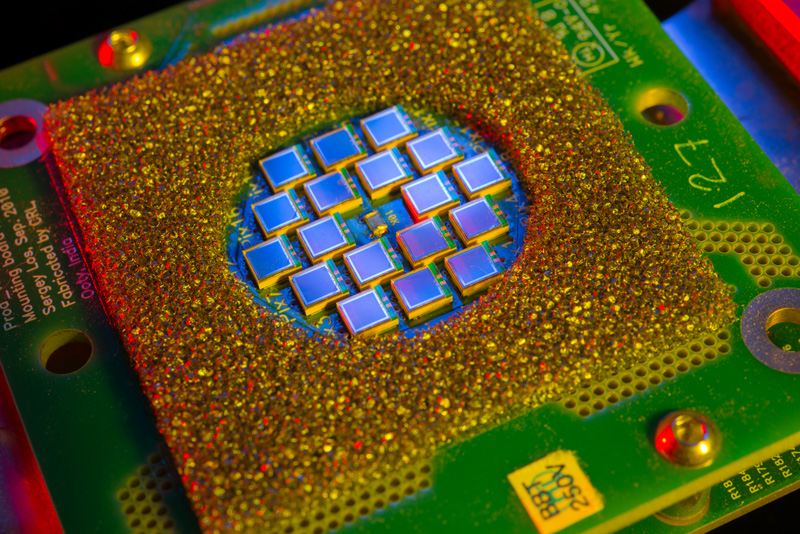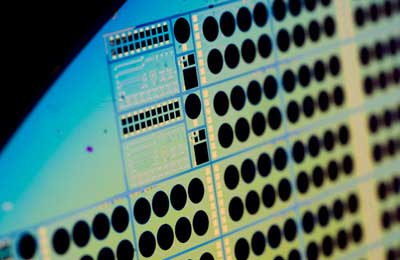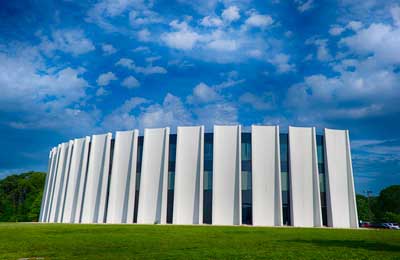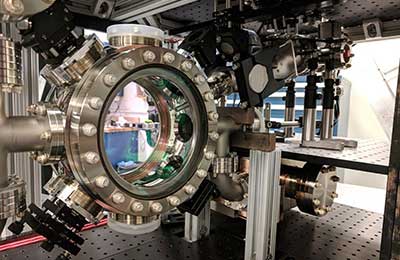Detectors, Computing and Quantum

The study of particle physics requires technology that is at once sensitive and powerful. Fermilab scientists and engineers build detectors, sensors and other instruments that behave like microscopes for the subatomic world, allowing us to glimpse nature's smallest constituents. They build high-performance computers, which use sophisticated software frameworks to comb through floods of data to tease out the subtle signals of new physics, perform data analyses and reconstruct physics events. They also explore new ways of channeling the peculiar behaviors of quantum physics as a computational resource, advancing the relatively new pursuit of quantum computing.
Hundreds of scientists collaborate with Fermilab to collect, analyze and distribute particle physics data in advancing our understanding of the fundamental nature of the universe.
Particle detectors
To investigate the smallest bits of matter, some of which last only a fraction of a second before decaying, scientists need something more powerful than a microscope. Particle detectors sense and record information about particles such as their masses, energies, momenta or points of origin.
Learn more about particle detectors.
Scientific computing
For scientists to understand the huge amounts of raw information coming from particle physics experiments, they must process, analyze and compare the information to simulations. Fermilab hosts high-performance computing, grid computing, and storage and networking systems.
Learn more about scientific computing.
Quantum
Quantum computing, if harnessed, could revolutionize particle physics, solving problems in a matter of minutes that may take centuries to solve using traditional computers. It could also open doors into new realms of physics, solving mysteries that have tantalized scientists for decades.
Learn more about Fermilab's quantum program.
- Last modified
- 02/10/21
- email Fermilab




